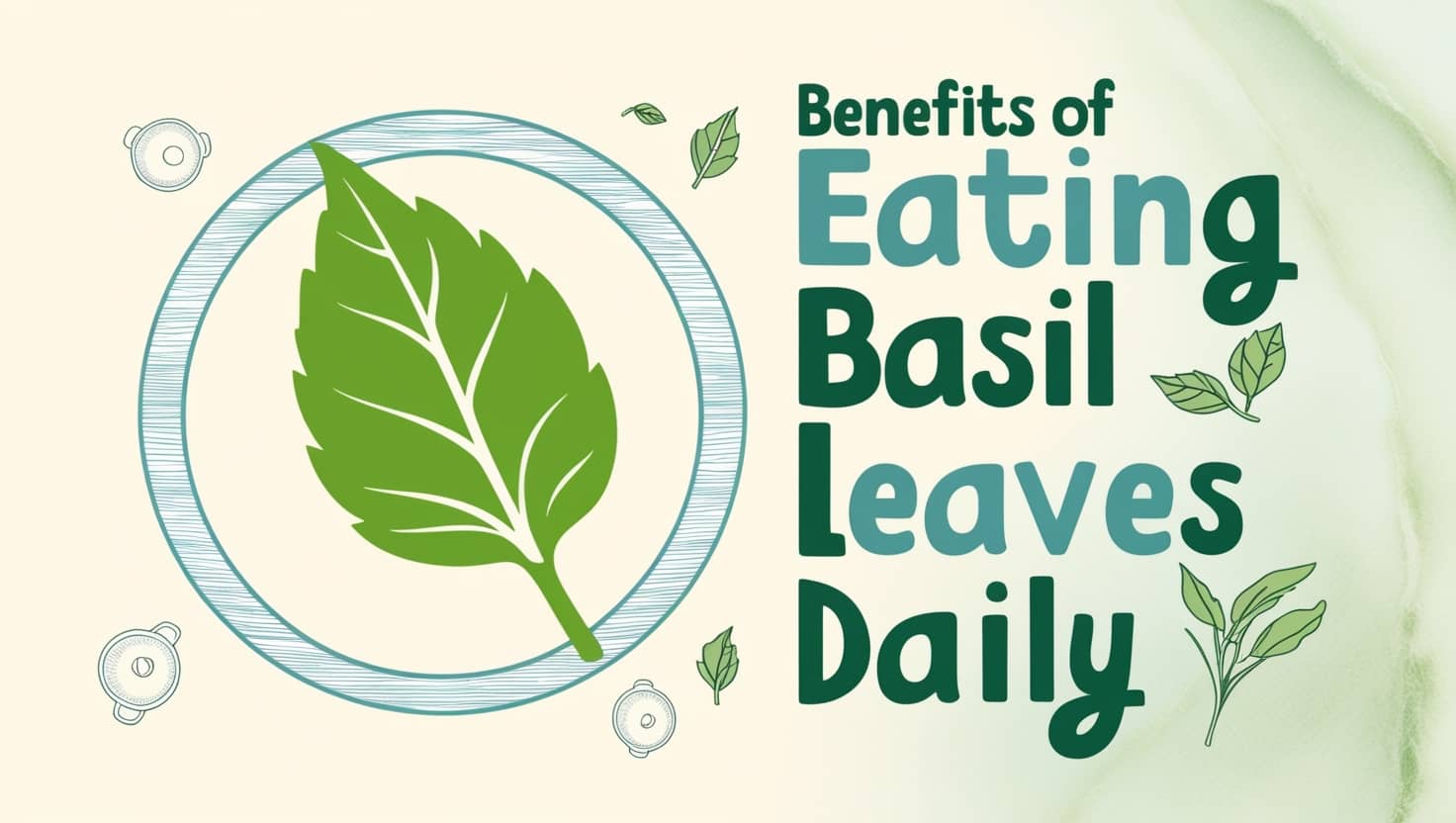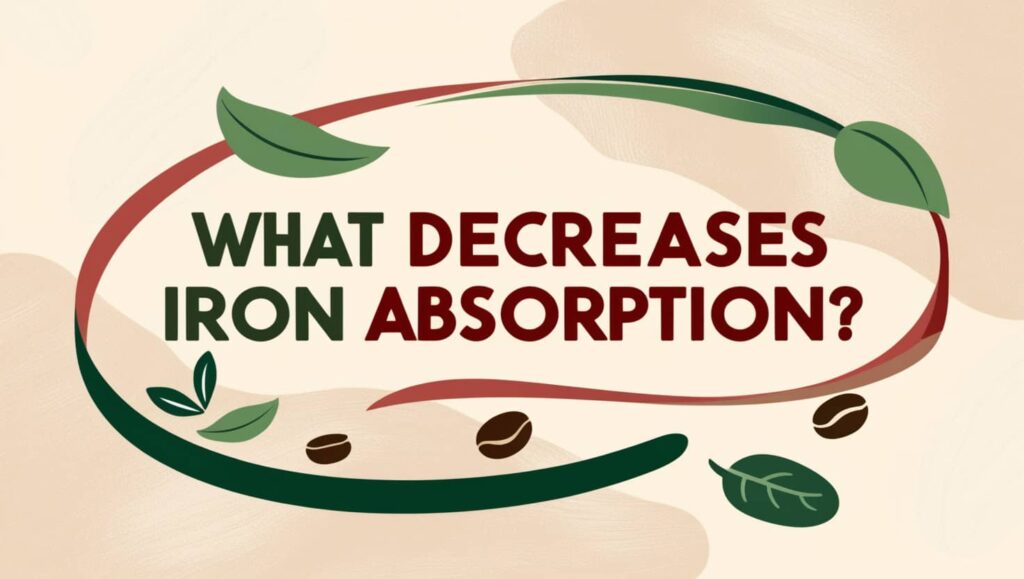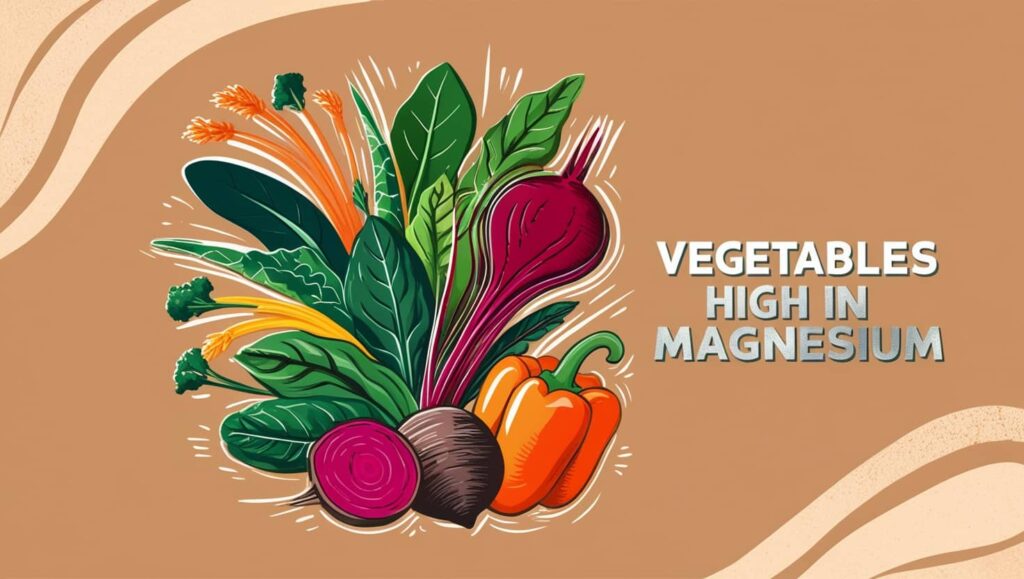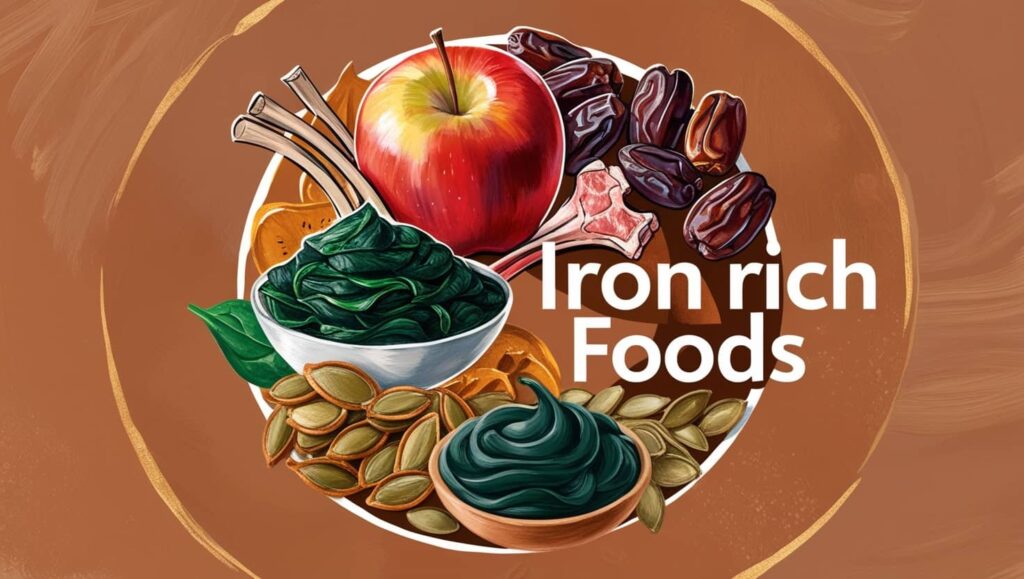Basil, a widely used herb in culinary and food networks, is part of the genus Ocimum Acinos and Clinopodium. Sweet basil, the most economically significant species, is known as Ocimum basilicum, belonging to the Lamiaceae or Labiatae mint family. In this article, we will discuss in detail the benefits and best ways of consuming basil leaves.
What is Basil?
Basil is a spicy annual plant that is grown all over the world for its unique flavor and scent. It is well-known for its culinary applications, primarily as a spice and component in dishes like “Pesto Genovese.” In 2017, Liguria became the first region in Italy to produce “Genovese” basil, with 27,132 hectares under protected cultivation. The medicinal and cosmetic qualities of basil are also advantageous.
Composition of Basil and Its Health Benefits
- It is made up of 2.65% carbs, 3.15% proteins, and 92.1% water.
- Primary constituents: 1.49% ash, 0.64% total lipids, 0.75% other carbs, 1.6% fiber, and 0.3% soluble sugars.
- Rosmarinic, chicoric, ferulic, and caffeic acid are the main phenolic components.
- The extract has a synergistic antioxidant action.
- Antimicrobial, anti-inflammatory, and antidiabetic qualities are examples of health-benefit properties.
Role in Digestion and Gut Health
- Compounds like cineole and eugenol, which are found in basil, may help with digestion, lessen bloating, and ease gastrointestinal discomfort, improving nutrition absorption and digestive health in general.
- The active ingredients in basil improve the rumen microbiome’s metabolism and digestion.
- The potent antibacterial and antioxidant qualities of basil prevent microorganisms that produce methane in the rumen, improving digestion and lowering feed energy loss.
- For conditions involving high metabolic pressure, stress-relieving substances such as enzymes, minerals, vitamins, and antioxidants are suggested.
Immune-Boosting and Anti-Inflammatory Properties:
- Basil contains rosmarinic acid, a polyphenol that is used to cure a variety of ailments. It has antibacterial, anti-inflammatory, anti-mutagenic, antiviral, and anticancer characteristics in addition to its antioxidant qualities.
- Basil also contains ferulic, chicoric, and caffeic acids, each of which has distinct biological properties.
- A component of hydroxycinnamic acid, caffeic, has antiviral, antibacterial, immunostimulant, antioxidant, antiatherosclerotic, and cardioprotective properties.
- Ferulic acid has anti-inflammatory, antiviral, antiallergic, and neuroprotective properties, whereas chicoric acid possesses antiviral, anti-inflammatory, and antioxidative properties. It can also boost serum viability.
Best Ways to Consume Fresh Basil
Basil is frequently chopped or sliced and added to a variety of Southeast Asian stir-fries, pasta, sauces, salads, and vegetables. The herb’s sweet taste can also be found in drinks, fruit soups, gazpachos, and desserts like ice cream.
Recommendations concerning administration:
Basil includes many alkenylbenzenes that have a genotoxic and/or carcinogenic profile, but it also has a wide range of pharmacological properties that make it effective for treating or preventing several disorders. Ocimum basilicum in its current form poses no health risks to humans because of the protective properties of the plant matrix and its flavonoid content.
Human health may be in danger by consuming its essential oil daily, which may contain and transport large levels of alkenylbenzenes in a purified form without matrix-associated protection.
Also Read: Star Anise Benefits for Female
References:
- Romano, R., De Luca, L., Aiello, A., Pagano, R., Di Pierro, P., Pizzolongo, F., & Masi, P. (2022). Basil (Ocimum basilicum L.) Leaves as a Source of Bioactive Compounds. Foods, 11(20), 3212. https://doi.org/10.3390/foods11203212.
- Sestili, P., Ismail, T., Calcabrini, C., Guescini, M., Catanzaro, E., Turrini, E., … Fimognari, C. (2018). The potential effects of Ocimum basilicum on health: a review of pharmacological and toxicological studies. Expert Opinion on Drug Metabolism & Toxicology, 14(7), 679–692. https://doi.org/10.1080/17425255.2018.1484450.
- Li, Q. X., & Chang, C. L. (2016). Basil (Ocimum basilicum L.) oils. In Essential oils in food preservation, flavor and safety (pp. 231–238). Elsevier. https://doi.org/10.1016/B978-0-12-416641-7.00025-0.








